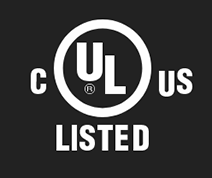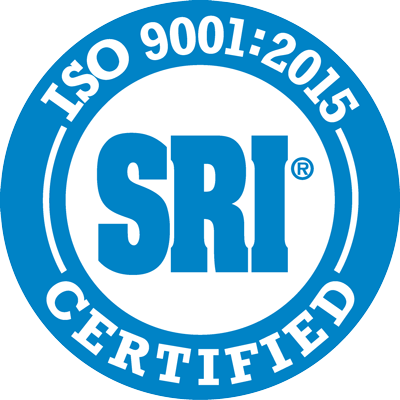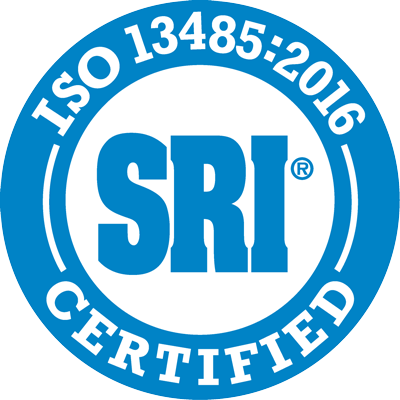On Site Nitrogen Generators for Chemical Blanketing
It is common for many industries (including Chemical and Refinery plants) to store their liquids and gases in storage tanks. However, it’s important to note that oxygen can degrade and oxidize, and if the stored substances (like flammable liquids) come into contact with oxygen this could create a potentially explosive and hazardous situation. This makes it essential for industries that store hazardous materials to implement a way to prevent a fire or explosion of their tanks. With nitrogen and chemical blanketing, you could provide ideal protection of your tanks, while at the same time, safeguarding the contents inside.
How Blanketing Works
Nitrogen and chemical blanketing (sometimes known as tank padding) is an ideal application for generated non-cryo nitrogen. It applies nitrogen gas to the vacant space in your storage container, and effectively reduces the actual oxygen in the vapor space. This process inactivates the oxygen, and at the same time, successfully eliminates the possibility of a fire or explosion of your tank.
Blanketing Methods and How to Best Protect Your Tanks
Producing your own nitrogen using an on site nitrogen generator is one of the most popular supply methods for nitrogen blanketing. However, when making your own on site nitrogen, you will need to determine how you will go about blanketing your storage tank in addition to what size of generator you will need.
When it comes time to decide how to blanket your storage tank, there are a few options to choose from. You can either use the continuous purge blanketing method, concentration control blanketing, or pressure control blanketing. With continuous purge blanketing being the most common technique, it is simple to set up, and you do not need a control device or control loop (but nitrogen consumption can be high). Concentration control blanketing does require a feedback loop to turn the generator on and off, but nitrogen use is also more efficient. If you use pressure control blanketing, a valve and pressure regulator controls your nitrogen levels.
The size of the generator that you need will depend on the amount of liquid lost during your pumping sessions and the condensation of your tank vapors that happen during atmospheric thermal cooling. Based on this information, On Site Gas Systems can help you determine what size generator is necessary.
Benefits of Nitrogen and Chemical Blanketing
Using a blanketing method stops a vacuum from developing in your tank, maintains consistent pressure, and reduces much of the evaporation of your stored material. This method also helps you save more of your materials, and at the same time, drastically reduces your emissions. Blanketing also has the potential to make your equipment last longer and you’ll never have to worry about refilling or replenishing because of the continuous production of nitrogen. On Site Gas Systems can assist you with attaining a custom nitrogen generation system solution for your business that will help you with all of your blanketing needs. For more information, contact us today.





